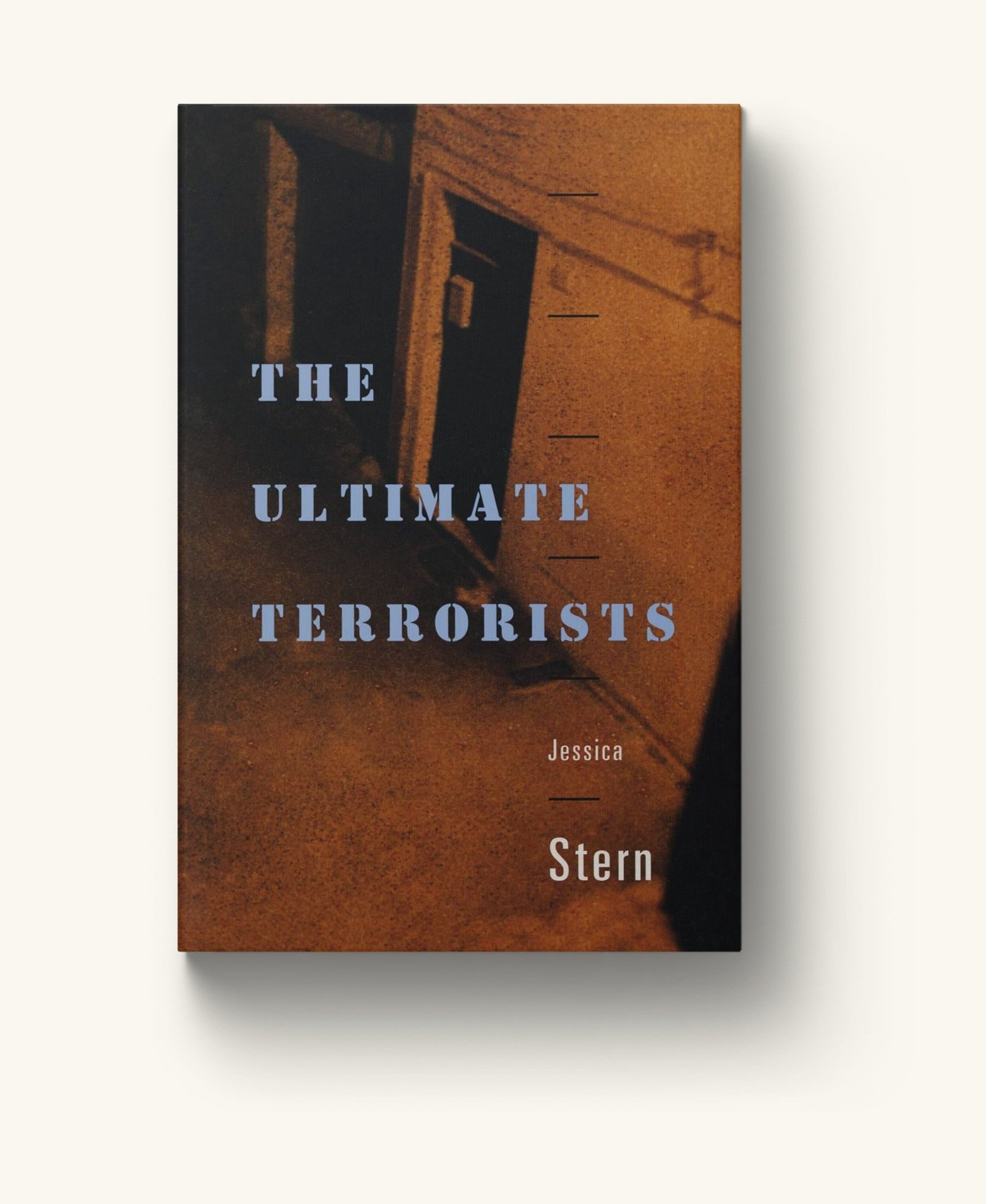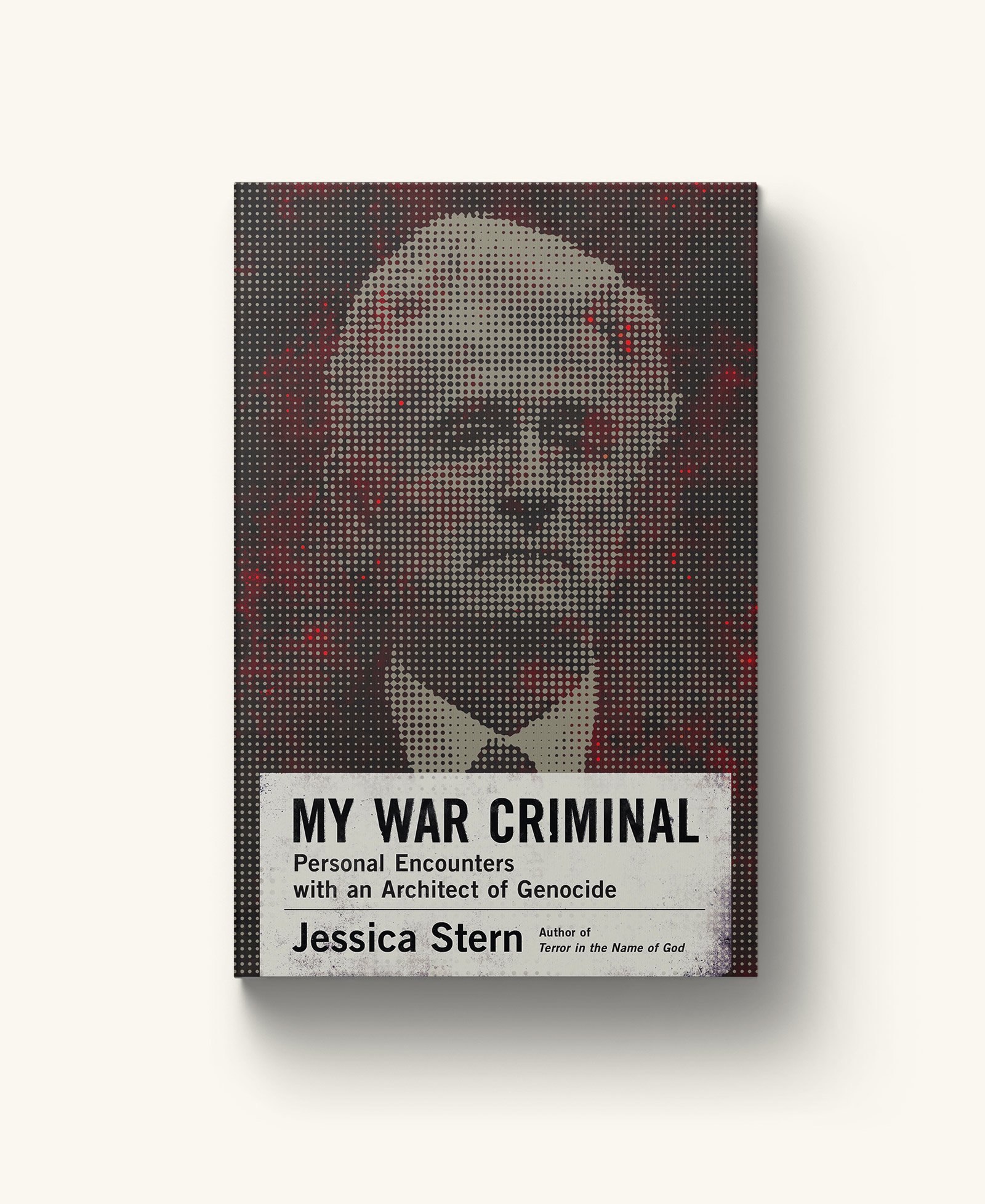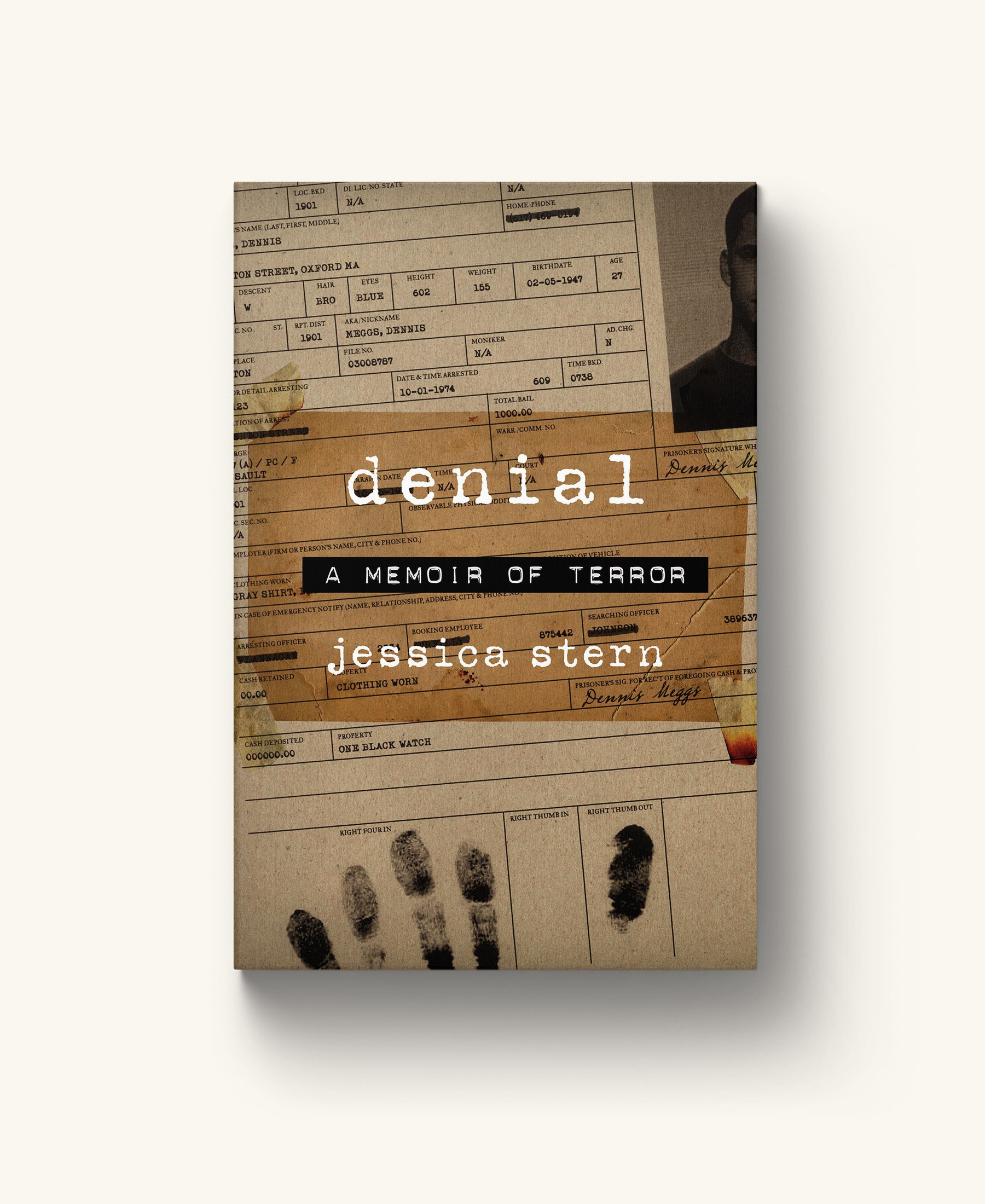The Ultimate Terrorists
An Excerpt.
Table of Contents
Terrorism Today
Definitions
Trojan Horses of the Body
Getting and Using the Weapons
Who Are the Terrorists?
The Threat of Loose Nukes
The State as Terrorist
What Is to Be Done?
Tables
Notes
Acknowledgments
Index
Chapter 3
TROJAN HORSES OF THE BODY
The [atomic] bomb would be dropped from a height that would minimize radio-active poisoning in order to avoid any contention that poison gases were being used.
– Harvey Bundy, 1946
Nuclear, chemical, and biological weapons are considered barbarous even though, in the words of Louis Renault, it is difficult to distinguish the barbarity of any particular weapon from the cruelty inherent in all acts of war. Soldiers wounded by ordinary explosives are left lying on battlefields with dangling limbs, pierced body parts, and deep psychic wounds. Why are nuclear, chemical, and biological weapons singled out as unusually cruel?I believe a visceral fear of poisons plays a role, not only in the perception that chemical and biological agents are unusually vicious, but also in the belief that nuclear weapons are morally unacceptable. Conventional fire-bombing raids killed many more noncombatants in World War II than did the atomic bombs dropped on Hiroshima and Nagasaki, but it is the nuclear weapons that have inspired scholarly debate, and for many, contrition. There is little evidence that military leaders viewed atomic bombs as morally distinct from conventional ones before they were used. But later General Leslie Groves, the military director of the Manhattan Project, was distressed to discover that large numbers of Japanese victims suffered radiation poisoning. Groves had been under the impression that blast and heat would be the only significant lethal effects of a high-altitude burst: that there would be minimal damaging effects from radioactive materials on the ground. He was disturbed, in other words, by the poisonous (radioactive) aspect of these weapons. When the United States proposed deploying neutron bombs (which have minimal blast and thermal effects but enhanced radiation) in Europe in 1977, public outcry was so strong that President Carter had to relinquish the plan. Similar concerns about radiation forced the U.S. government to relinquish above-ground nuclear tests. In both cases it was the poisonous aspects of nuclear weapons that upset the public. Such weapons are especially terrifying because they are, in Michael Mandelbaum’s words, “Trojan horses of the human body: they slip inside and then attack.”
Poisons have always been seen as unacceptably cruel. Livy called poisonings of enemies “secret crimes.” Cicero referred to poisoning as “an atrocity.” But why do poisons evoke such dread? This question has long puzzled political scientists and historians. One answer is that people’s perceptions of risk often do not match reality: that what we dread most is often not what actually threatens us most.
Risk versus Dread
When you got up this morning, you were exposed to serious risks at nearly every stage of your progression from bed to the office. Even lying in bed exposed you to serious hazards: 1 in 400 Americans is injured each year while doing nothing but lying in bed or sitting in a chair–because the headboard collapses, the frame gives way, or another such failure occurs. Your risk of suffering a lethal accident in your bathtub or shower was one in a million.
Your breakfast increased your risk of cancer, heart attack, obesity, or malnutrition, depending on what you ate. Although both margarine and butter appear to contribute to heart disease, a new theory suggests that low-fat diets make you fat. If you breakfasted on grains (even organic ones), you exposed yourself to dangerous toxins: plants produce their own natural pesticides to fight off fungi and herbivores, and many of these are more harmful than synthetic pesticide residues. Your cereal with milk may have been contaminated by mold toxins, including the deadly aflatoxin found in peanuts, corn, and milk. And your eggs may have contained benzene, another known carcinogen. Your cup of coffee included twenty-six compounds known to be mutagenic: if coffee were synthesized in the laboratory, the FDA would probably ban it as a cancer-causing substance.
If you smoked a cigarette, statisticians believe, you reduced your life span by five minutes. You took an especially grave risk driving to work: 110 Americans per day die in car accidents. If you drive a small car your risk of death is twice as high as if you drive a gas guzzler–but the gas guzzler contributes to greenhouse gases and global warming, and also increases the risk to others should you suffer an accident.
At work you are exposed to additional risks. Your risk of dying this year from a job-related illness or injury is 1 in 1,100 if you are a pilot; 1 in 2,300 if you work in mining or agriculture; 1 in 11,000 if you work for the government; and 1 in 23,000 if you work in manufacturing. But if you are now considering quitting your job to avoid danger, think again. Because of the increased risk of stress-related disease–including suicide and alcoholism– being unemployed is as risky as smoking ten packs of cigarettes a day.
Most people are more worried about the risks of nuclear power plants than the risks of driving to work, and more alarmed by the prospect of terrorists with chemical weapons than by swimming in a pool. Experts tend to focus on probabilities and outcomes, but public perception of risk seems to depend on other variables: there is little correlation between objective risk and public dread. Examining possible reasons for this discrepancy will help us understand why the thought of terrorists with access to nuclear, chemical, and biological weapons fills us with dread.
Prospect Theory
Decision theory assumes that people make decisions by weighting the utility of each possible outcome by the probability of that outcome to get its expected utility, and then choosing the course of action that will yield the highest expected utility. But people do not respond to risky choices in this way. Psychologists have shown that we overestimate the likelihood of rare events, such as shark attacks, and underestimate the likelihood of more common ones, such as heart attacks. This helps explain why people are enthusiastic about high-prize lotteries, although the prospect of winning is low. It also explains why people are willing to overpay for airline flight insurance purchased immediately before a flight. We also tend not to distinguish adequately between large numbers (for example, a hundred versus a thousand). This collection of observations is known as prospect theory.
All these observations are relevant to understanding our fear of nuclear, chemical, and biological terrorism. While terrorism is still relatively rare, especially in the United States, it looms large in the public consciousness. We may be in danger of overvaluing and overreacting to minor incidents because of our tendency not to distinguish adequately between 100 deaths and 10,000. This last point is especially likely to apply if terrorists employ nuclear, chemical, or biological agents, because our perception of the loss will be augmented by the dread these weapons evoke.
Rules of Thumb
Most of us rely on rules of thumb in calculating risks. Rather than carefully weighing pros and cons, we use heuristic devices. Justice Stephen Breyer of the Supreme Court explains: “We simplify radically; we reason with the help of a few readily understandable examples; we categorize (events and other people) in simple ways that tend to create binary choices–yes/no, friend/foe, eat/abstain, safe/dangerous, act/don’t act–and may reflect deeply rooted aversions, such as fear of poisons.” We feel a gut-level fear of nuclear, biological, and chemical terrorism, and we want to eradicate the risk entirely, with little regard to costs.
Michael Mandelbaum argues that opposition to chemical weapons results from a genetic aversion rooted in human chromosomes. Richard Price and Nina Tannenwald call this argument “implausible” because it is “premised on the assumption that there must be a rational reason for the taboo that can be deduced from the essential features of these weapons.” But a genetic aversion implies irrational instinct, not rational thought. Whether or not Mandelbaurn is correct about the origin of the human aversion to poison, his point that there is such an aversion (whether genetically or culturally based) appears to be sound. Anthropologists have observed a cross-cultural aversion to poison and impurity.
Catastrophic risks are disproportionately feared. The media tend to focus on spectacular events, such as tornadoes, fires, drownings, murders, and accidents. A study of two newspapers on opposite sides of the United States found three times as many articles on homicides as on diseases, although diseases take about 100 times as many lives, and perception of risk was highly correlated with level of news coverage. And people tend to fear terrorism more than ordinary crime. Because Belfast is thought of as a terrorist city, it is considered more dangerous than Washington, D.C., although there are far more murders per capita in Washington than in Belfast.
People tend to exaggerate the likelihood of events that are easy to imagine or recall. Disasters and catastrophes stay disproportionately rooted in the public consciousness, and evoke disproportionate fear. A picture of a mushroom cloud probably stays long in viewers’ consciousness as an image of fear.
People tend to ignore hazards that seem routine, such as indoor air pollution, but fear those which attract media attention, such as hazardous waste sites, which actually pose lower aggregate risks to human health. Terrorist incidents are high-profile events: they tend to be dramatic and receive attention from the media. All of these factors contribute to our fear of terrorism, and to the risk of public panic if terrorists should employ weapons of mass destruction (WMD).
Dread, Familiarity, and Exposure
Risks that are disproportionately feared tend to display a certain cluster of characteristics. Dangers that arouse the deepest dread include those which are uncontrollable and inequitable, may lead to global catastrophe, are likely to affect future generations, and for which exposure is involuntary. Disproportionate dread is also evoked by risks with delayed or invisible effects, and by risks that are new or unexplained by science. WMD terrorism would be expected to evoke maximum dread, since nuclear, chemical, and biological weapons have all these characteristics. Victims of WMD terrorism might not be certain they had been attacked. Those injured by the blasts of nuclear weapons would know it immediately, but people exposed to radiation (the poisonous aspect of nuclear weapons) or harmful chemicals might be uncertain at first. The author of a declassified top-secret study of the effects of nuclear weapons predicted that, in the event of an atomic attack on the United States, “many people will … be extremely apprehensive about the possibility that they may have been exposed to lethal amounts of radiation. For many hours and perhaps days, people in and around the disaster area might fear that their lives are endangered by lingering radiation products or by other invisible toxic agents .” Similarly, epidemiologists might have a hard time differentiating a biological attack from a natural outbreak of disease.
The danger of radiation from nuclear power plants is an example of a high-dread risk with a potentially high level of exposure. The health effects of such radiation are poorly understood (even by specialists), exposure is involuntary, the consequences are delayed, and the effects are initially invisible. In one survey of perceptions of risk, experts ranked nuclear power number twenty on a list of thirty technologies and activities, while most non-experts ranked nuclear power as the most dangerous item on the list. Swimming is an example of a low dread, known risk: exposure is voluntary, the swimmers have the illusion of control, and if accidents occur their results are generally visible and immediate. While the experts ranked swimming as a relatively high-risk activity, college students ranked it number thirty–the least risky of all.
Copyright © 1999 by the President and Fellows of Harvard College. All rights reserved.






